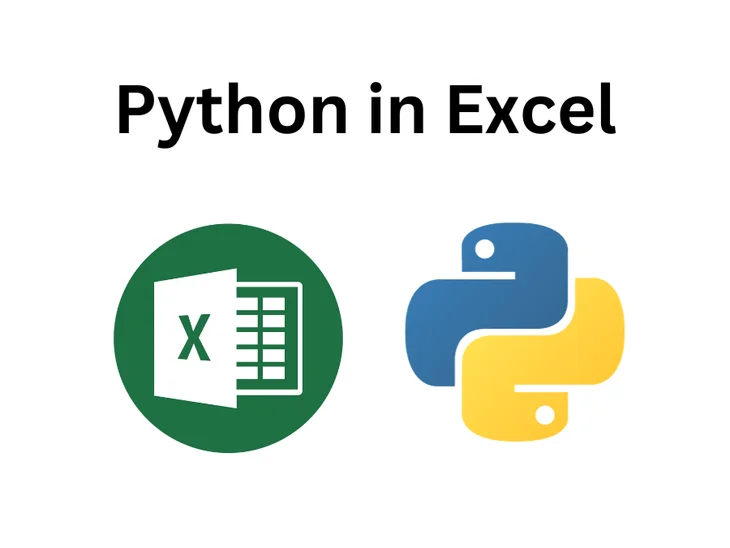
In what Microsoft insiders are calling the most significant Excel update in years, the spreadsheet giant has rolled out a comprehensive suite of AI-powered features that are fundamentally reshaping how millions analyze data. According to Microsoft’s latest announcement, the integration of Copilot with Python capabilities and the long-awaited Dark Mode are leading a transformation that industry analysts predict will save businesses billions in productivity gains.
Dark Mode Finally Arrives, Twitter Users Rejoice
After years of user requests flooding social media, Microsoft has delivered. The new Dark Mode feature, which began rolling out to Windows Current Channel users in April 2025, extends beyond mere aesthetic appeal. According to Microsoft’s official documentation, the feature offers a complete dark color scheme for both menu controls and sheet backgrounds, addressing concerns about eye strain that have plagued night-shift financial analysts and data scientists for years.
“Excel for Windows now supports Dark Mode, which offers a dark color scheme for both the menu controls and the sheet background,” Microsoft announced in their April 2025 update. The feature has been particularly well-received by professionals working in low-light environments, with early adopters reporting significant reduction in eye fatigue during extended work sessions.
Python Integration: The Game-Changer for Advanced Analytics
The integration of Python with Excel through Copilot represents perhaps the most revolutionary advancement in Excel’s 40-year history. Microsoft’s September 2024 announcement revealed that Copilot in Excel with Python enables users to conduct complex analyses including forecasting, risk analysis, and machine learning—all through natural language commands, without requiring any coding expertise.
According to the Microsoft Community Hub, this feature “unlocks powerful analytics via Python for visualizations, cleaning data, machine learning, predictive analytics, and more – without needing to be Python proficient yourself.” The integration leverages popular Python libraries including pandas, matplotlib, and scikit-learn, bringing enterprise-level data science capabilities to everyday Excel users.
Industry experts are calling this a paradigm shift. As reported by TechCommunity, businesses are already seeing dramatic improvements in their analytical capabilities. One financial services firm reported reducing their quarterly forecasting process from three weeks to just three days using the new Python-powered features.
Real-World Impact: Businesses Report Massive Productivity Gains
The business impact has been swift and substantial. According to Microsoft’s internal data, nearly 1,000 customers have provided feedback on Copilot usage, with “response satisfaction improved by nearly three times” following recent updates. The company has implemented over 700 product updates and shipped more than 150 new features based on user feedback in 2025 alone.
ZDNet reports that organizations using Copilot in Excel are experiencing unprecedented efficiency gains in data analysis workflows. Supply chain managers are using Python’s advanced forecasting models to optimize inventory levels, while HR departments leverage machine learning algorithms to predict employee turnover—all within the familiar Excel interface.
Beyond Dark Mode: Value Tokens and Enhanced Visualization
Among the lesser-publicized but equally impactful features are Value Tokens, which provide visual indicators for different data types within cells. As described in Microsoft’s documentation, these tokens “provide a clear visual indication that a cell contains a data type or other richer format,” making it easier to distinguish between various data types at a glance.
The visualization capabilities have also seen major enhancements. Copilot in Excel with Python now renders advanced visualizations that were previously impossible in standard Excel, including heatmaps, pair plots, and violin plots. These tools are proving invaluable for data scientists and analysts who need to communicate complex insights to stakeholders.
Just tried the new Excel Dark Mode with Copilot Python integration. Game changer for late-night data analysis sessions! No more eye strain AND I can run ML models without leaving Excel. Microsoft finally delivered! #ExcelDarkMode #DataScience
The AI-Powered Future of Spreadsheets
Perhaps most impressively, Copilot’s “Think Deeper” mode, introduced in May 2025, leverages advanced reasoning models to tackle complex analytical questions. Microsoft reports that this feature enables users to perform sophisticated analyses that would typically require a team of data scientists, democratizing advanced analytics across organizations of all sizes.
The integration extends beyond individual productivity. As reported by Microsoft’s Enterprise blog, companies are using Copilot agents to automate entire business processes, from financial reporting to supply chain optimization. The new multi-agent orchestration capabilities announced at Build 2025 allow different AI agents to collaborate on complex tasks, creating what Microsoft CEO Satya Nadella calls “the new operating system of work.”
Market Response and Competitive Landscape
Wall Street has taken notice. Following the announcements, Microsoft’s stock saw significant movement as analysts upgraded their forecasts based on the potential enterprise adoption of these AI features. Gartner predicts that by 2026, 75% of enterprises will have adopted AI-enhanced spreadsheet tools, with Microsoft positioned to capture the lion’s share of this market.
Competitors are scrambling to respond. Google has accelerated development of AI features for Google Sheets, while emerging startups are positioning themselves as specialized alternatives. However, Microsoft’s integration of Python libraries and its vast ecosystem advantage through Microsoft 365 create significant barriers for competitors.
Sarah Chen, Data Science Director at Fortune 500 Financial Services Company:
“We’ve reduced our monthly reporting cycle by 60% using Copilot in Excel with Python. Our analysts can now focus on insights rather than data preparation. The ROI has been extraordinary – we’re talking millions in productivity gains. This isn’t just an upgrade; it’s a complete transformation of how we work with data. #DataTransformation #ExcelCopilot #EnterpriseAI”
Looking Ahead: What’s Next for Excel
Microsoft’s roadmap suggests this is just the beginning. The company has hinted at upcoming features including real-time collaboration with AI agents, automated report generation with natural language narratives, and integration with Microsoft’s broader Fabric data platform.
For professionals and organizations still on the fence about adopting these new features, the message from early adopters is clear: the future of data analysis has arrived, and it speaks both Python and plain English. As one financial analyst posted on LinkedIn, “If you’re not using Copilot in Excel with Python, you’re competing with one hand tied behind your back.”
The convergence of AI, Python, and Excel represents more than just a software update—it’s a fundamental shift in how businesses interact with data. As we move further into 2025, one thing is certain: the spreadsheet will never be the same again.
